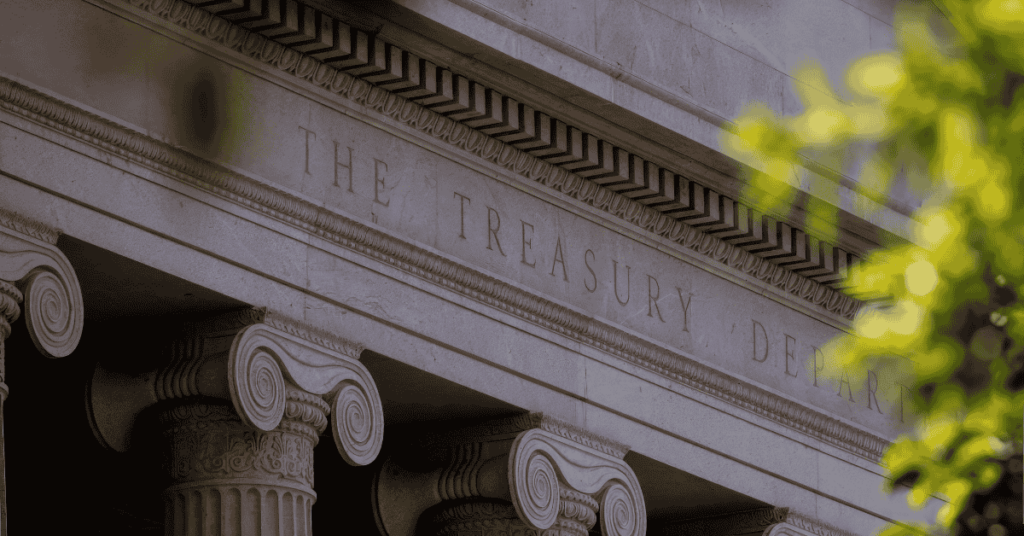Read this Policy Brief in PDF Form
For over twenty years now, the federal tax system has treated income from capital gains more favorably than income from work. A significant number of state tax systems do as well, offering tax breaks for profits realized from local investments and, in some instances, from investments around the world. As states struggle to cope with short- and long-term budget deficits and to devise strategies to promote economic development in a sustainable fashion, policymakers should assess whether preserving such tax preferences is in the public interest. This policy brief explains state capital gain taxation and examines the flaws in state capital gain tax cuts.
What Are Capital Gains?
Capital gains are profits from the sale of assets, such as stocks, bonds, real estate and antiques. Income tax on capital gains is paid only when the asset is sold. Thus, a stock holder who owns a stock over many years doesn’t pay any tax as it increases in value each year. When the stock is sold, the “realized” capital gain is calculated by taking the difference between the original buying price and the selling price.
Federal tax law (and most states) recognize two different types of capital gains: short term and long-term. Short-term capital gains are generally defined as gains realized on assets that were owned for less than one year. Most capital gains tax breaks are designed to reward long-term asset holding only
Who Receives Capital Gains?
Advocates of capital gains tax cuts frequently point out that a growing number of middle class Americans now own stock. Yet only 7 percent of Americans reported net capital gains income on their federal tax returns in 2008 —and the vast majority of these gains were realized by the very wealthiest Americans. In particular:
- Taxpayers with federal adjusted gross incomes (AGI) in excess of $500,000 reported close to 80 percent of taxable capital gains, even though they accounted for less than one percent of all returns filed.
- The very wealthiest 0.1 percent of Americans—taxpayers with AGI over $2 million—received more than 60 percent of all capital gains income.
- The poorest two-thirds of the population—taxpayers with AGI of $50,000 or below— collectively received just under 6 percent of all capital gains income .
In fact, capital gains are among the most unequally distributed sources of personal income. One obvious consequence of this concentration of capital gains income is that any “across the board” capital gains tax cut will dramatically reduce the share of all income taxes paid by the very wealthiest taxpayers—and will increase the share of taxes paid by lower- and middle-income taxpayers.
Federal Law Provides Large Capital Gains Tax Breaks
Throughout much of the twentieth century, the federal government has provided special tax breaks for long-term capital gains. Most often, these tax breaks have taken the form of income tax deductions, through which taxpayers can subtract some of their capital gains income from their taxable income before calculating their income tax. At other times, federal tax law has provided a special lower tax rate for capital gains.
One of the greatest achievements of the 1986 federal Tax Reform Act was to remove these special tax breaks, taxing realized capital gains at the same rate as wages, dividends, and other income. (Previously, 60 percent of realized capital gains had been exempt.) Since 1986, Congress has gradually reinstated these special tax breaks, however. Most recently, the 2003 Bush tax cuts reduced the top tax rate on long-term capital gains to just 15 percent—less than half the top rate on regular earned income. This discrepancy shifts the federal income tax burden from wealthy investors to low- and middle-income wage earners.
Trends in State Capital Gains Taxation
More than half a dozen states now provide their own tax breaks for all long-term capital gains income—and many more offer tax reductions for gains from assets located solely within state boundaries. For instance, South Carolina offers a 44 percent exclusion for all long-term capital gains income, a policy that cost the state $115 million in 2010 and that benefitted the wealthiest fifth of state residents almost exclusively. Still, some states are beginning to reconsider such tax preferences. Rhode Island recently eliminated its preferential tax rates on capital gains, while Vermont and Wisconsin each reduced their capital gains exclusions.
For more information on state capital gains tax cuts, see ITEP’s report, “A Capital Idea.”
State Capital Gains Tax Cuts: A Flawed Strategy for Growth
Given the consequences of capital gains tax breaks for both state budgets and tax fairness, it is only natural to wonder why states might include such preferences in their tax codes. The argument that proponents of preferential treatment for capital gains make most frequently is that it is necessary to foster investment and to spur economic growth. Yet, that argument has at least two serious flaws.
First, an array of experts—from impartial economists within the federal government to non-partisan analysts outside it—agrees: there is little connection between lower capital gains taxes and higher economic growth, in either the short-run or the long-run. Whatever connection may exist is even more tenuous at the state level. A general state capital gains tax break is highly unlikely to benefit that state’s economy, since any new investment encouraged by the capital gains break could take place anywhere in the United States or the world.
Second, a substantial part of any state capital gains tax break will never find its way to the pockets of state residents. Because state income taxes can be written off on federal tax forms by those taxpayers who itemize their federal income tax deductions, and because the ability to do so is most valuable for the wealthy Americans who realize the bulk of capital gains income, any reduction in state capital gains taxes will be partially offset by an increase in federal income tax liability.
For example, 14 percent of the state revenue losses from New Mexico’s capital gains tax deduction are directly offset by higher federal income taxes. Few policymakers would propose an economic development program that directed 14 percent of its budget out of state—yet that is essentially what lawmakers are doing when they argue for a capital gains tax break.
Conclusion
Capital gains tax preferences are costly, inequitable, and ineffective, depriving states of millions of dollars in needed funds, benefitting almost exclusively the very wealthiest members of society, and failing to promote economic growth in the manner their proponents claim. States cannot afford to maintain these tax breaks any longer, and lawmakers considering introducing these regressive loopholes should understand the fairness and revenue implications before allowing this seriously flawed policy into their tax code. Lawmakers considering introducing these regressive loopholes should understand the fairness and revenue implications before allowing this seriously flawed policy into their tax code.





